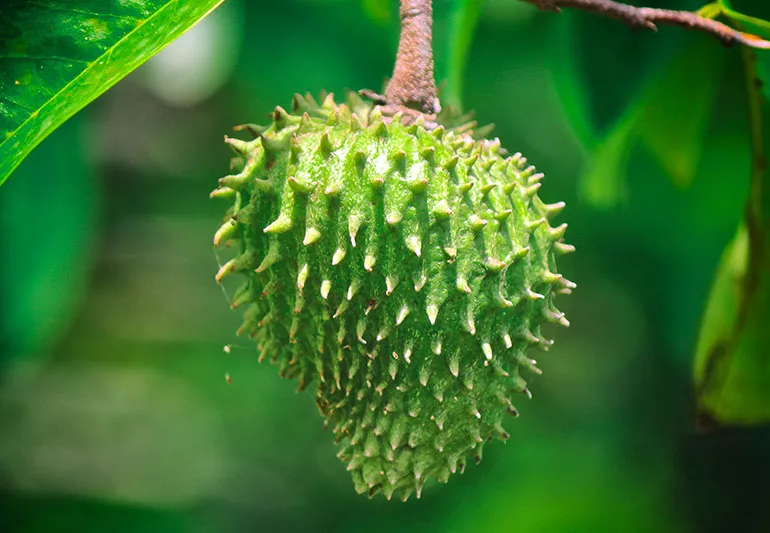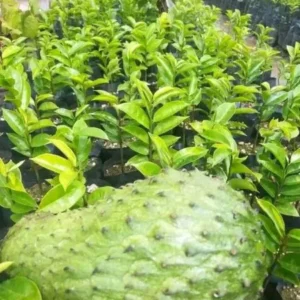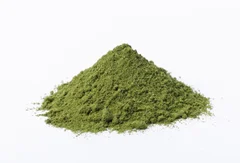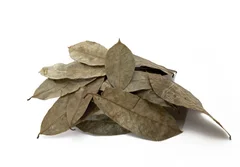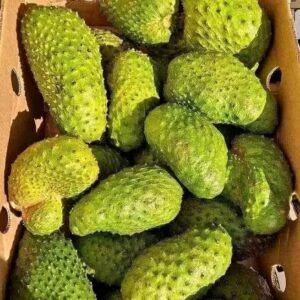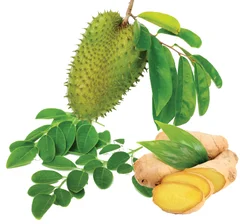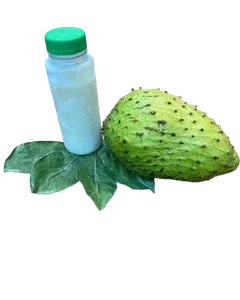The soursop, scientifically known as Annona muricata, is a fascinating tropical fruit with a unique flavor profile and a rich history of traditional medicinal uses. Originating in the Caribbean and tropical regions of the Americas, it’s now cultivated in various parts of the world, particularly in Southeast Asia and Africa.
Appearance and Flavor:
The soursop fruit is distinctive in appearance, characterized by its heart-shaped or oblong form and its green, prickly skin. It can grow quite large, sometimes reaching several kilograms in weight. The flesh inside is white, fibrous, and juicy, with a slightly acidic and sweet taste often described as a blend of strawberry, pineapple, and banana, with a subtle citrusy undertone. This complex flavor makes it a popular ingredient in various culinary applications.
Nutritional Value:
Soursop is a good source of several essential nutrients. It contains vitamin C, which is a potent antioxidant, and B vitamins, including thiamine, riboflavin, and niacin. It also provides dietary fiber, which aids digestion, and minerals like potassium, magnesium, and copper. These nutrients contribute to overall health and well-being.
In conclusion, the soursop fruit is a tropical treasure with a fascinating blend of flavor, nutrition, and traditional medicinal uses. While further research is needed to fully understand its potential benefits and risks, its unique characteristics continue to make it a valued fruit in many cultures around the world.





